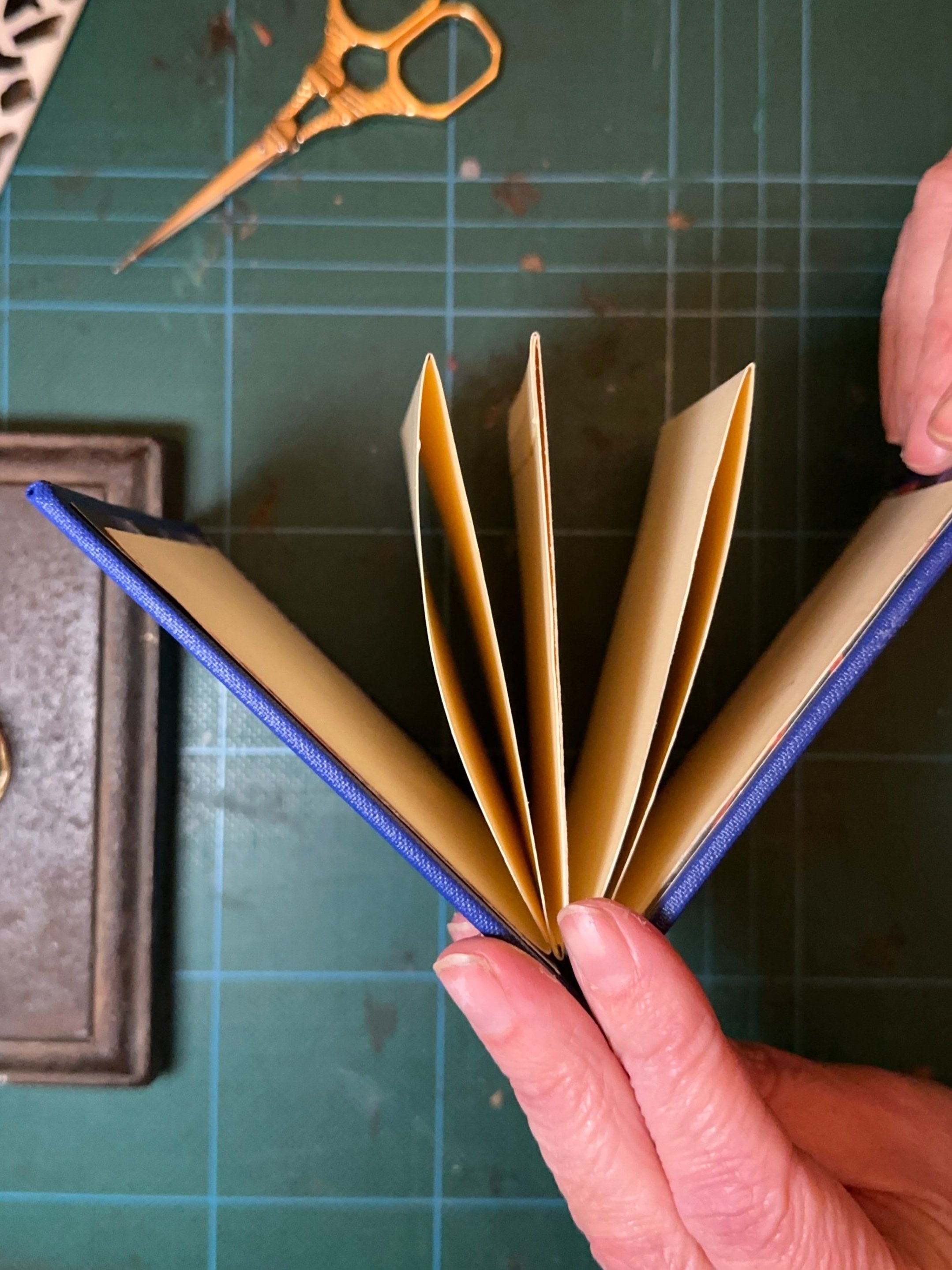Find Your Style: A Guide to Different Bookbinding Styles
If you're someone like me, who appreciates the artistry and craftsmanship that goes into creating a beautiful book, then you've come to the right place. Whether you're a book lover, an aspiring bookbinder, or simply intrigued about the various styles of book binding, I want to ignite your passion for bookbinding and maybe even convince you to give it a try!
Within the world of bookbinding, there is no shortage of styles to discover and appreciate. Each style has its own unique characteristics, offering a blend of tradition, innovation, and personal expression. If you are an aspiring bookbinder, there is likely a particular style of bookbinding that captivates you the most.
Bookbinding is a fabulous way to unleash your creativity, and crafting your own book is not only REALLY satisfying, but once you have done it a few times, it can be a a mindful exercise that is relaxing too. To help you uncover ‘the style’ that you are most drawn to, I’ve listed five different styles of bookbinding from the most basic, to those that are slightly more complex.
perfect binding
Perfect binding is a popular method of bookbinding that provides a clean and professional finish. The pages of the book are gathered together and glued along the spine, creating a sturdy and durable binding. This type of binding allows the book to lay flat when opened, making it a convenient choice for reading and referencing. It is the standard binding technique for modern paperbacks.
2. concertina binding
The concertina style of bookbinding is characterized by folding a long strip of paper back and forth in accordion-like pleats. It creates a continuous structure that can be unfolded to reveal the entire content of the book in one long strip, or folded for compact storage. This versatile style allows for unique artistic designs and innovative storytelling, making it a popular choice for artists and hobbyist bookmakers.
Want to try this yourself? Click here to get the FREE step by step guide
3. stab binding (also known as japanese binding)
A traditional bookbinding technique that originated in Japan. It involves sewing the pages together along the spine using a series of evenly spaced holes punched through each page. The result is a visually stunning and functional binding that basically consists of 4 holes with the thread wrapping each time around the spine and also at the top and bottom. This style of binding allows the book to lay flat when opened, perfect for showcasing intricate artwork or calligraphy.
4. Coptic binding
Coptic binding is a traditional bookbinding technique that originated in early Christian Egypt. It is characterized by its distinct exposed sewing on the spine, creating a visually striking pattern. The binding allows the book to open completely flat, making it ideal for sketchbooks, journals, or any book that requires easy accessibility and durability.
Image Source: Shutterstock
5. traditional section sewn binding
Traditional section sewn binding is the method of assembling a book where folded sheets of paper, known as signatures, are hand stitched together with thread. This technique ensures durability and allows the books to lay flat whn open, providing a high-quality, artisanal feel. Each signature is sew to the next, creating a strong, flexible spine that can endure years of handling - think large, vintage leather bound volumes.
This style of binding is ideal for precious works and limited editions as it lends itself to becoming a precious heirloom.
We run workshops teaching section sewn, hard cover binding to benginner’s. Click the link to join our mailing list if you want to know when our workshops are scheduled! You’ll also receive a FREE guide to making a Concertina Binding like the one pictured above(No.2)
Have you found your favourite bookbinding style? Let me know in the comments below!







